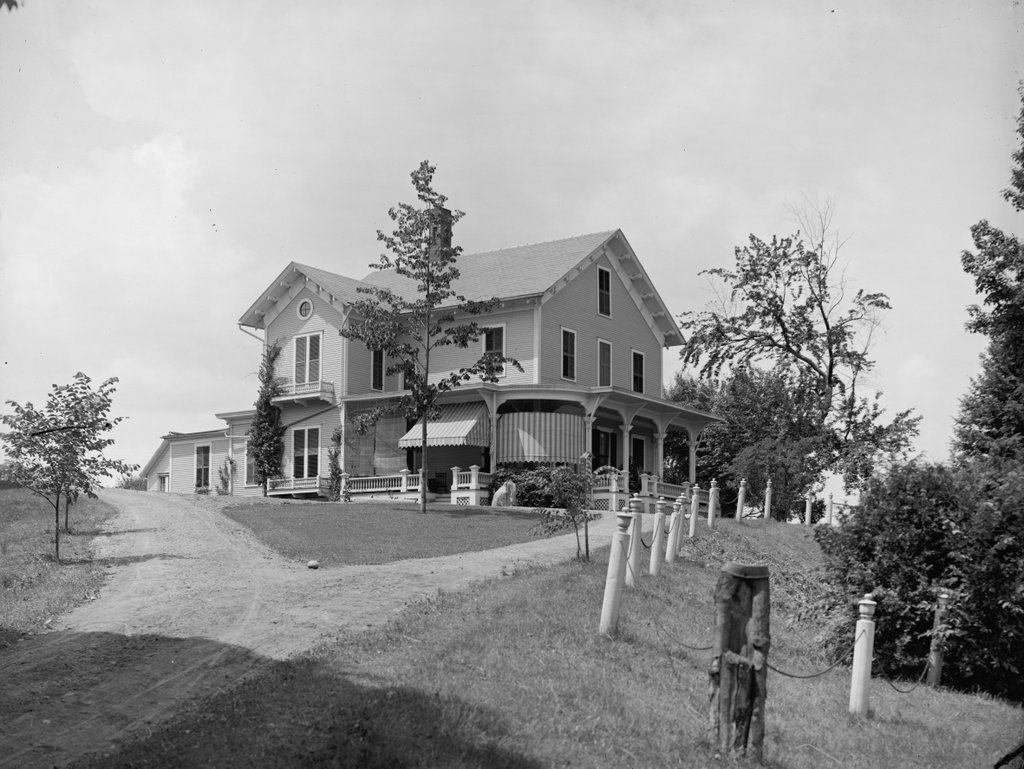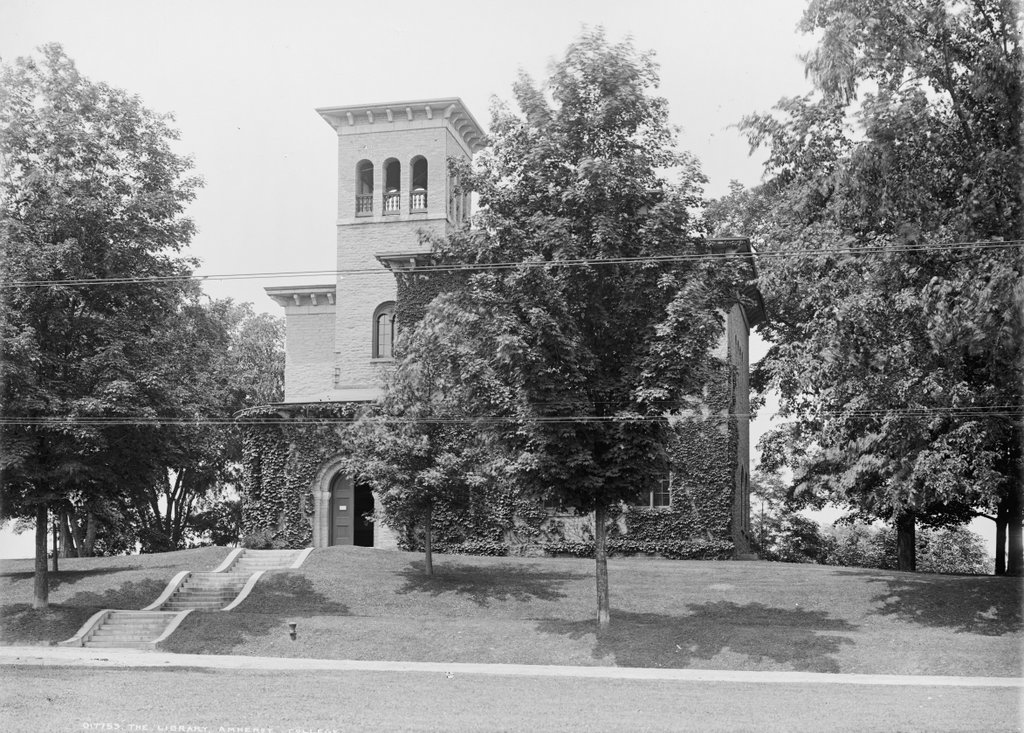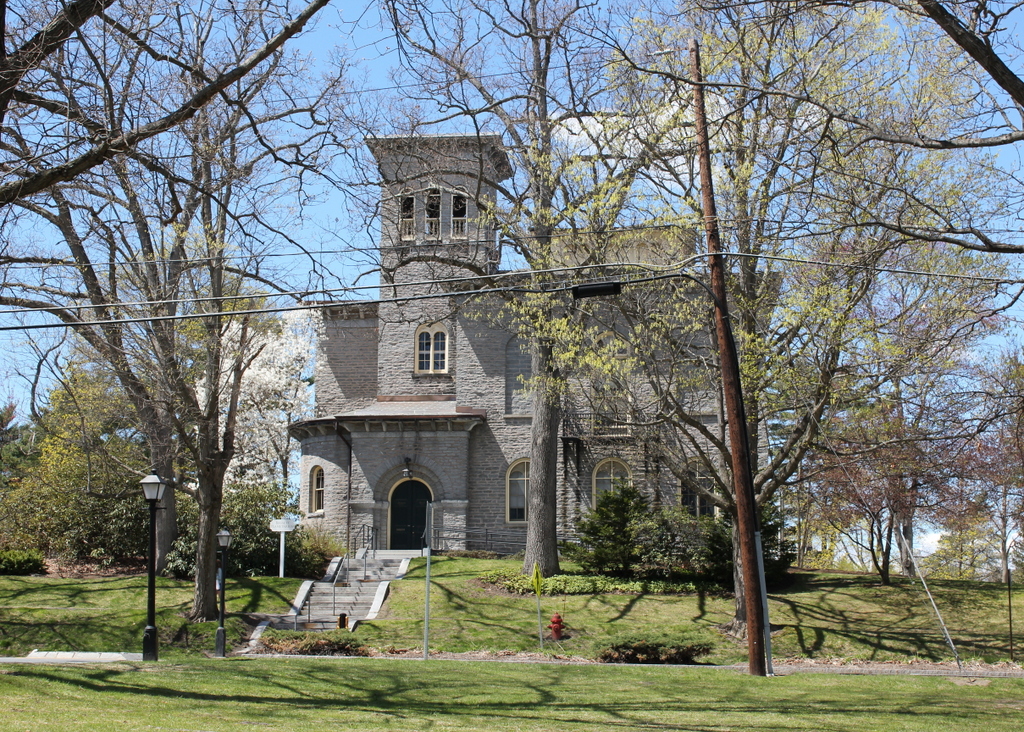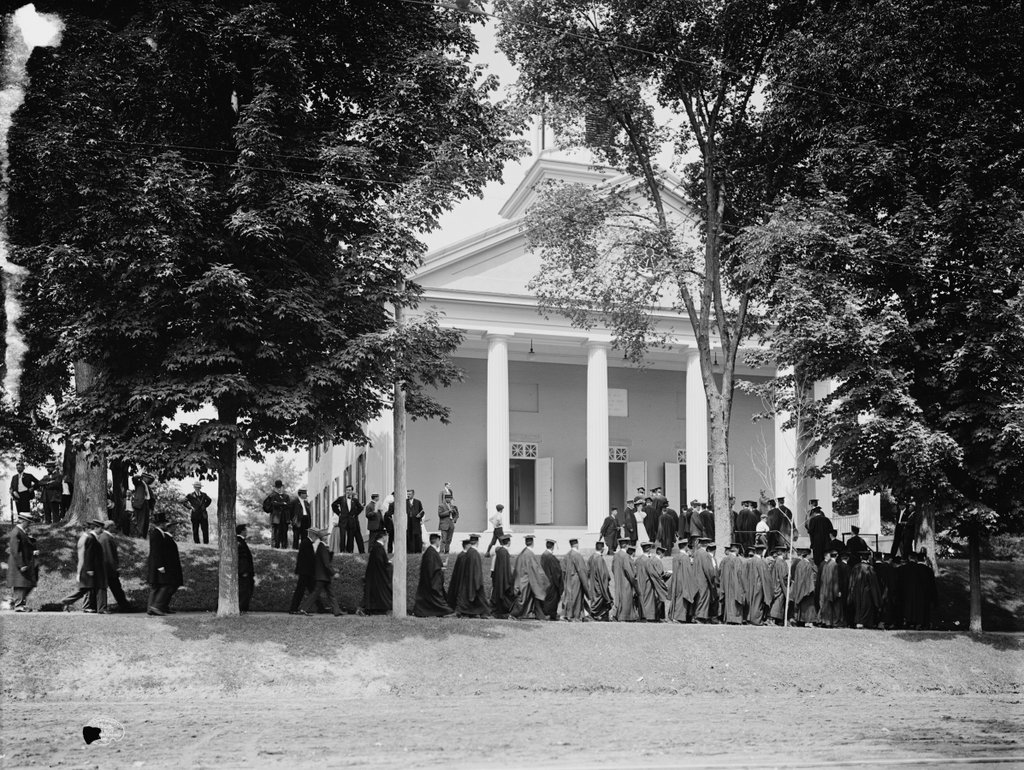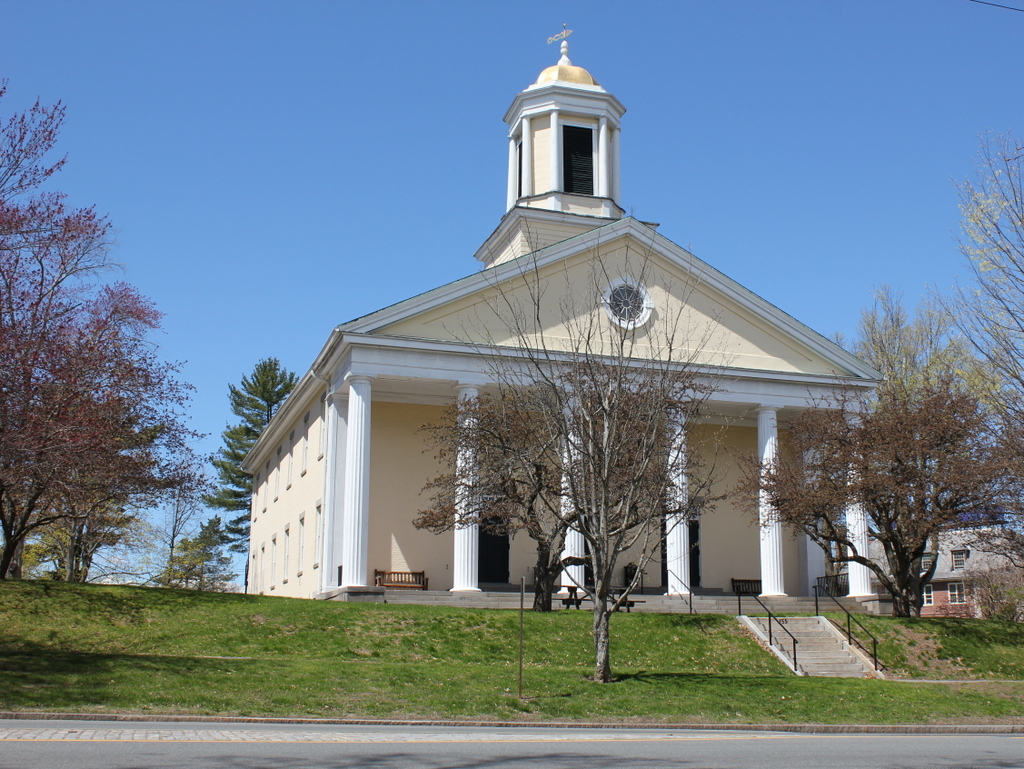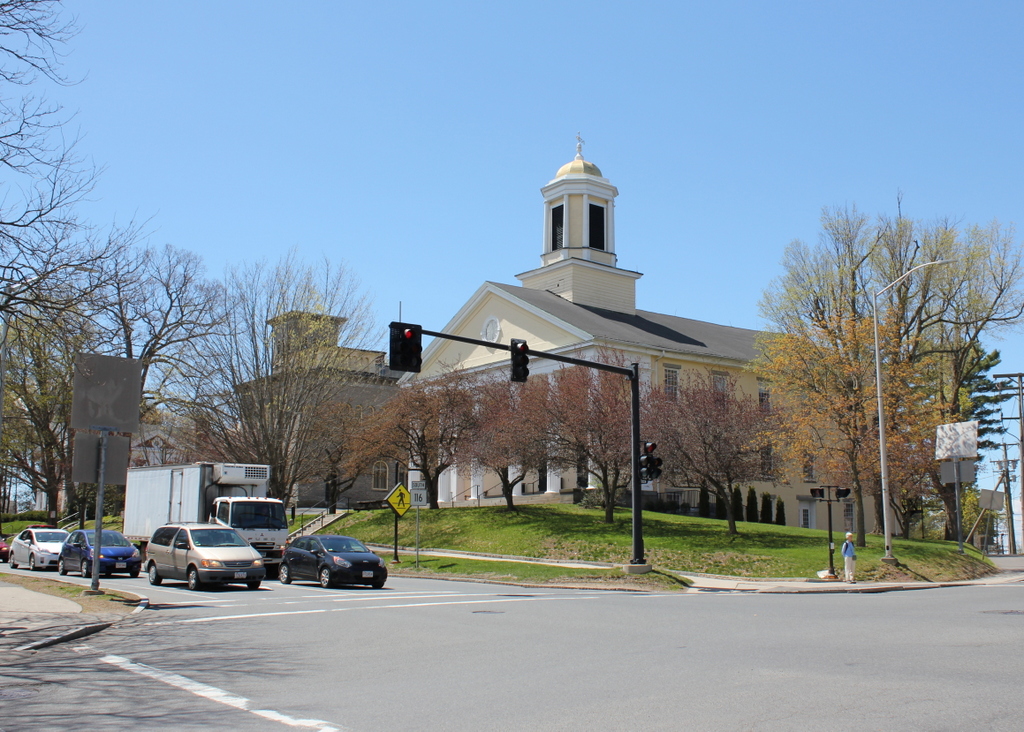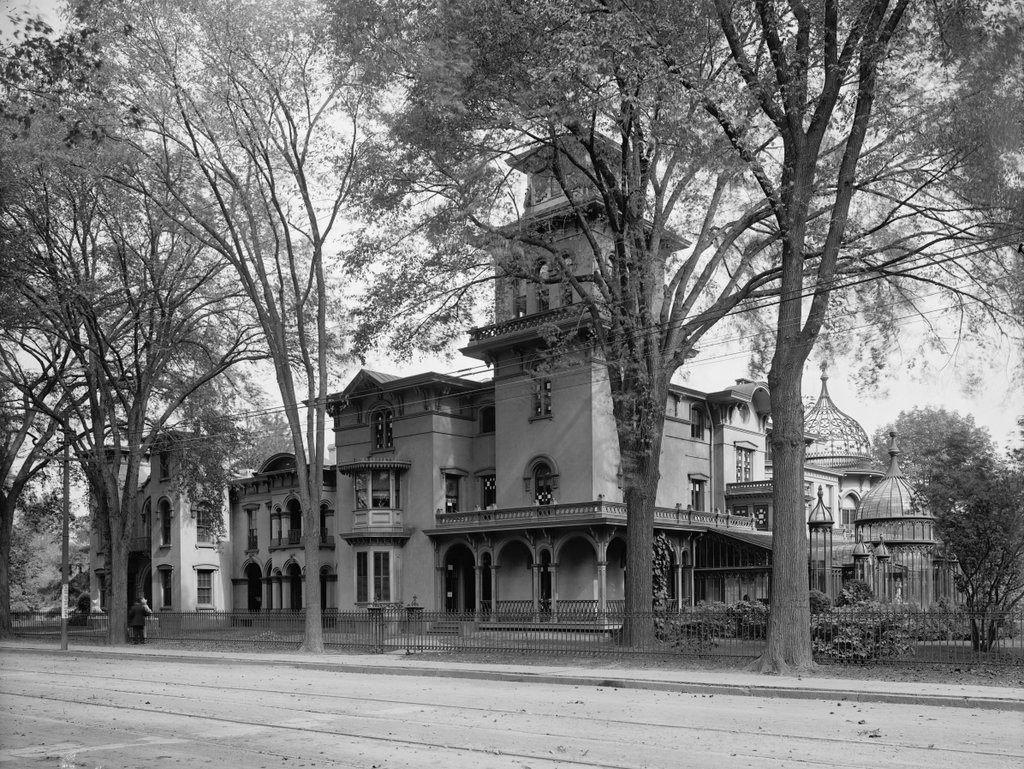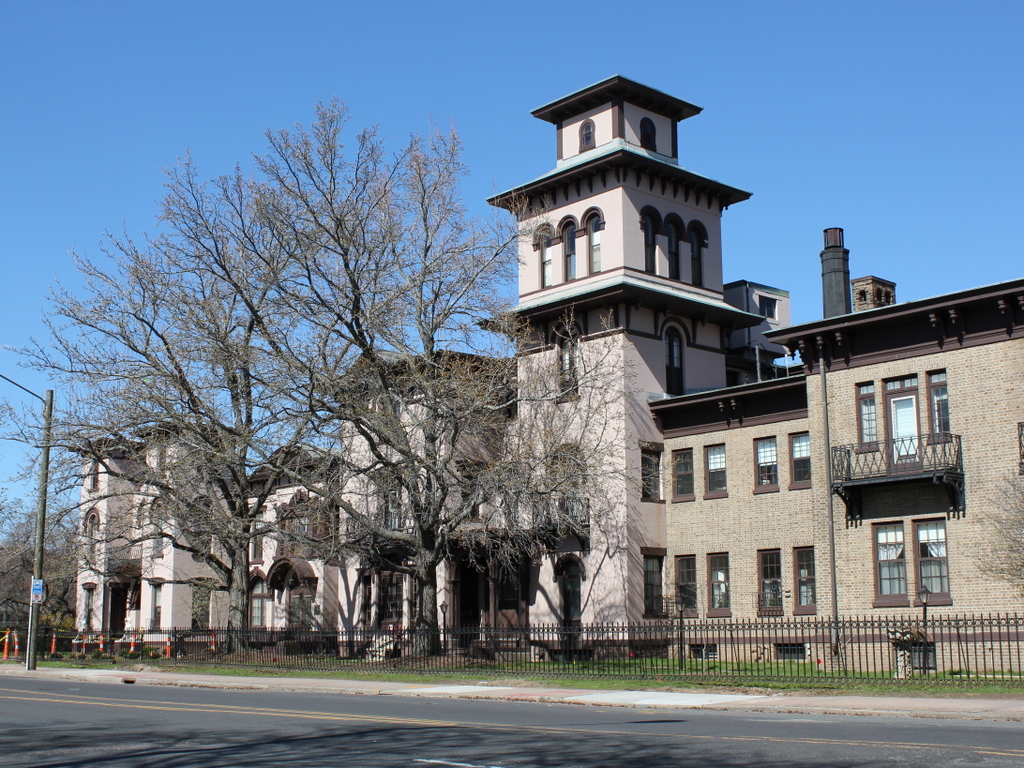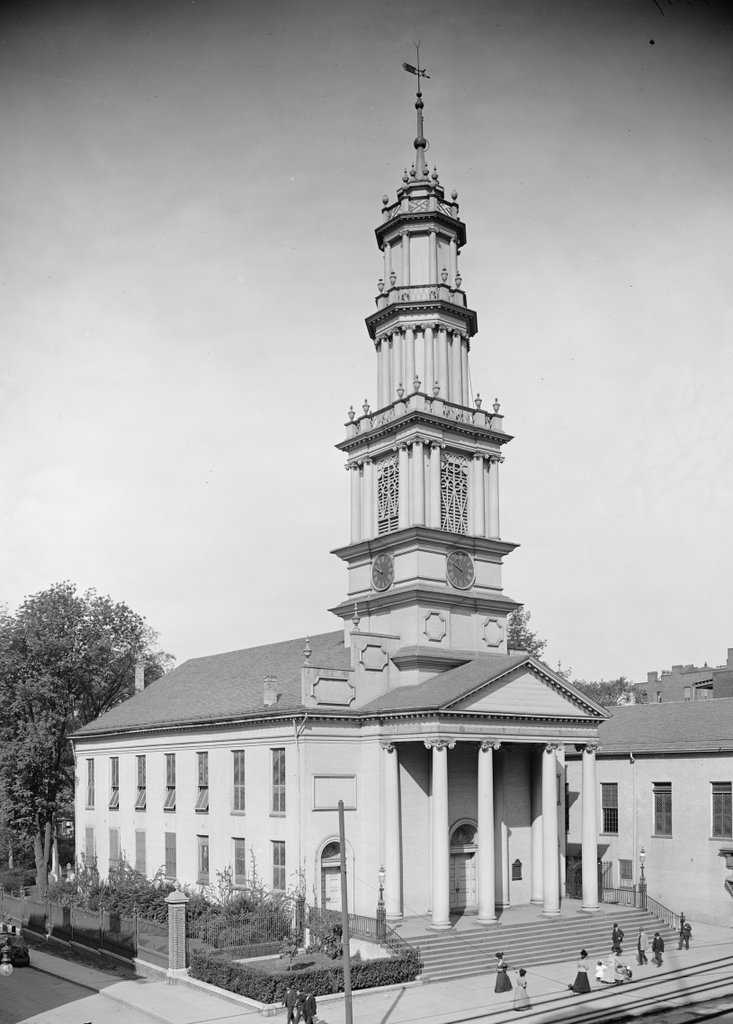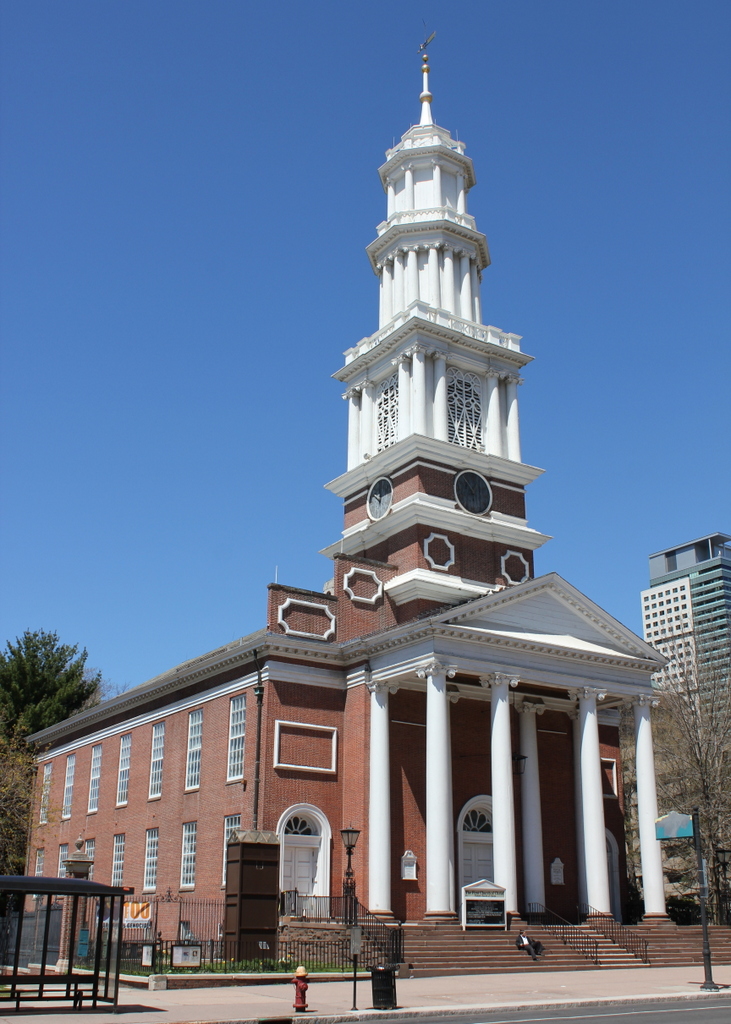The Maples, the home of author Julia Caroline Dorr, on Dorr Drive in Rutland, around 1900-1910. Image courtesy of the Library of Congress, Detroit Publishing Company collection.
The house in 2015:
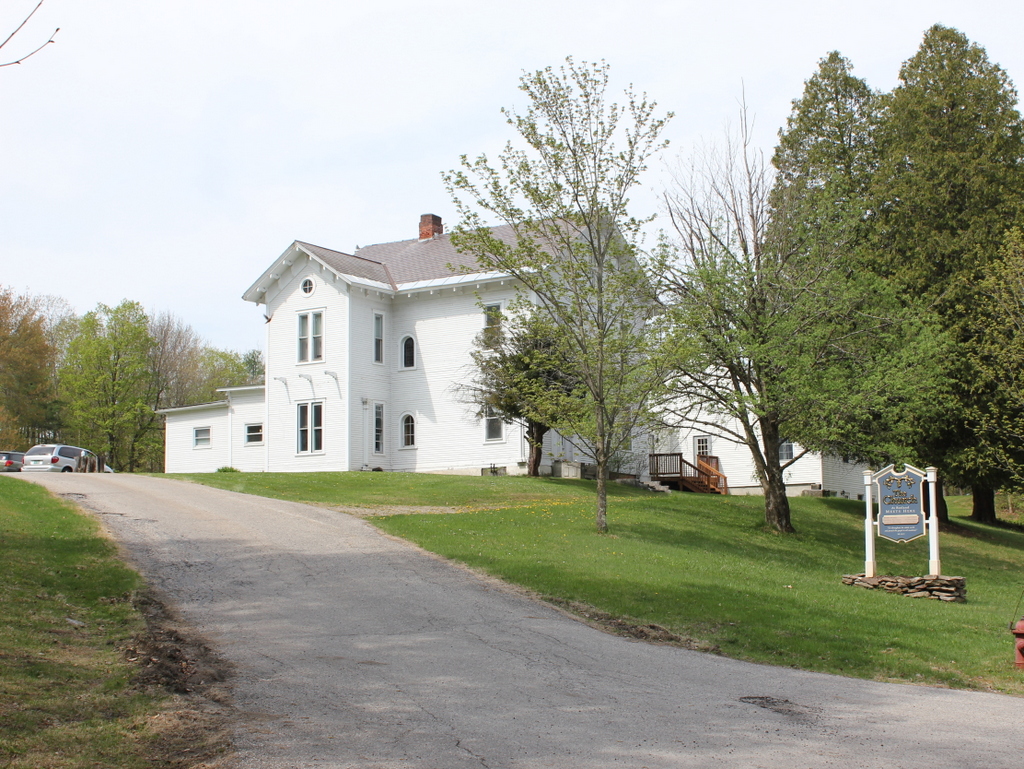
This house on Dorr Road in Rutland was once the home of Julia Caroline Dorr, a 19th century American author known for both prose and poetry. She was born in South Carolina, but grew up in Vermont. Her husband was Seneca M. Dorr, a lawyer and politician originally from Vermont. The couple moved to Rutland in 1857, which was probably around the time this house, knwon as “The Maples,” was built. The Dorrs lived here for the rest of their lives; Seneca would practice law in Rutland and go on to serve as the President of the Vermont Senate, and Julia continued to publish her work. Seneca died in 1884, and Julia in 1913, so the first photo was almost certainly taken while she was still living there. Today, the house is still there, and although it no longer has the porch, it still retains much of its architectural detail. However, there is a substantial addition on the right-hand side of the house, which is now used as a church.

